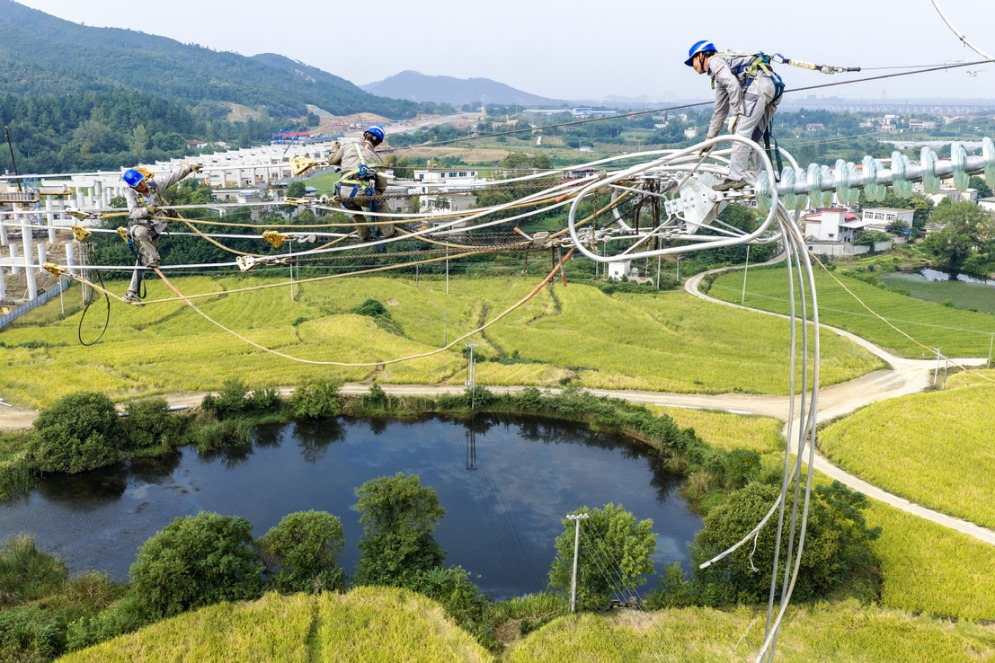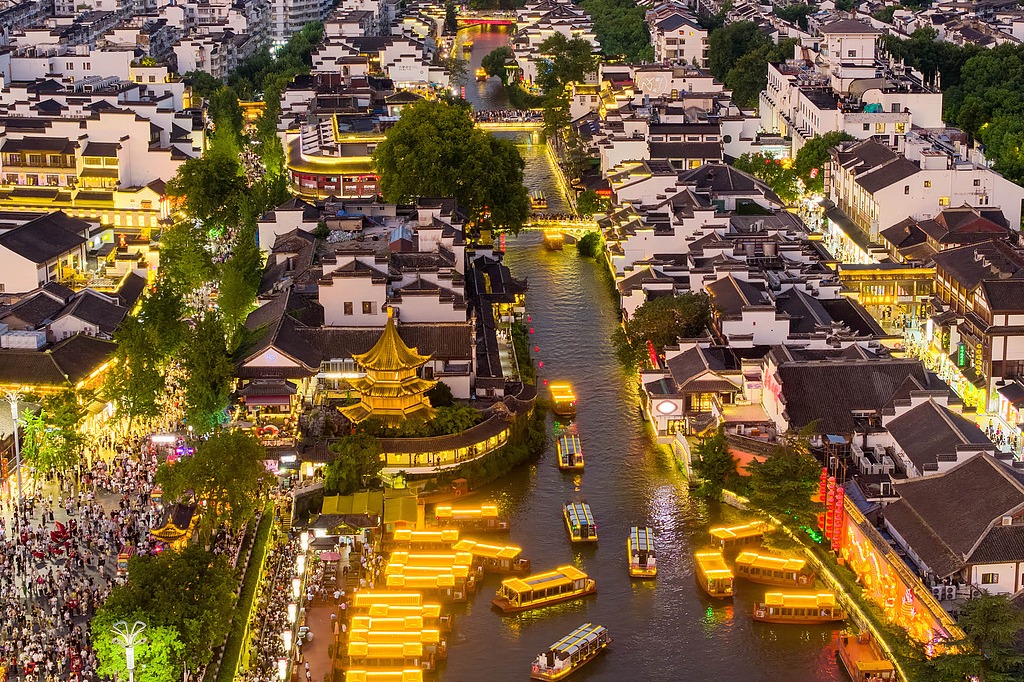Weather forecasters aim for smooth run at Winter Olympics


Variable conditions
As 2022 will be the first time China has hosted a Winter Olympics, it will also be the first time for Li and his colleagues to take part in such a high-profile event.
Weather systems in the mountains are more complicated than those on the plains, varying at different heights and times.
"Before, we were forecasters for cities and knew little about weather patterns in the mountains, so we were not skilled and had little experience," Li said.
Initially, the trainees made basic mistakes. For example, Dong Quan, a deputy chief forecaster who had worked at the National Meteorological Center in Beijing, incorrectly predicted the depth of snow on a mountain, citing 0.1 millimeters when it was actually about 3 mm.
"It was upsetting that my prediction was so far from the real depth. Though I know forecasters can't provide reports that are 100 percent accurate, there is still pressure on me when I get a forecast wrong," he said.
To counter the lack of forecasting experience and historical weather data, the local meteorological service has installed 36 monitoring stations several hundred meters apart to provide real-time updates in the main areas of activity.
Moreover, to obtain more accurate and intuitive understanding of conditions, the forecasters use portable devices to collect data such as wind speed and direction, temperatures and relative moisture. They go onto the mountains every two days, with each team member spending about an hour outside in temperatures as low as-10 C.
























